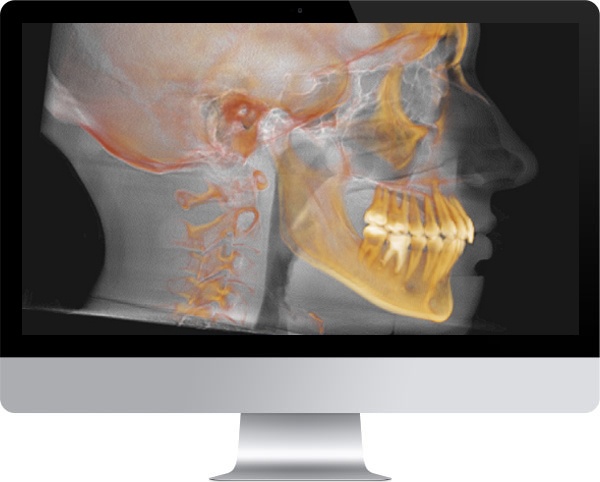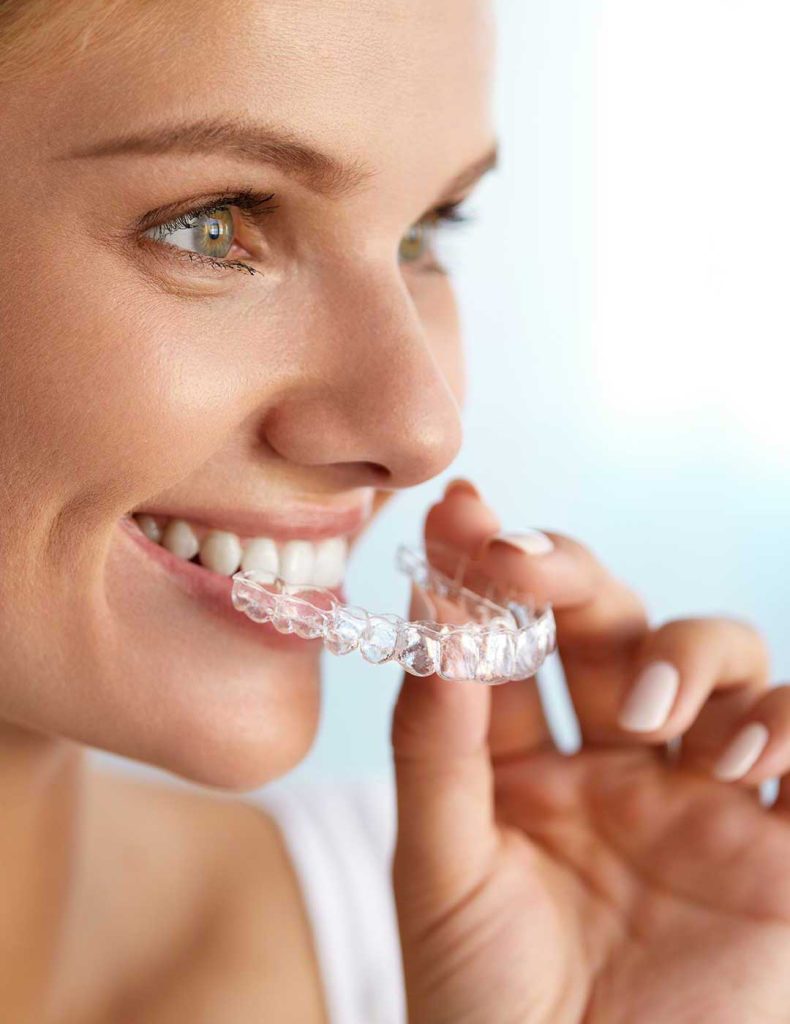How can patients contribute to a successful Clear Aligner Treatment (Spark/Invisalign)?
Clear aligners, such as Spark or Invisalign, have revolutionized orthodontic treatment, offering a discreet and convenient way to achieve a straighter smile. However, the success of clear aligner treatment depends heavily on patient commitment and cooperation. By actively participating in the process, patients can maximize results and ensure a smooth, effective treatment journey. Here’s a guide on how patients can contribute to a successful clear aligner experience.
1. Follow the Wear Schedule Religiously.
Clear aligners are designed to be worn for 20–22 hours per day, typically removed only for eating, drinking (anything other than water), and oral hygiene. Consistency is key to keeping your treatment on track.
- Tip: Set reminders on your phone or use a habit-tracking app to ensure you’re wearing your aligners for the recommended time.
- Why It Matters: Inconsistent wear can slow progress, prolong treatment, or lead to suboptimal results, as aligners rely on steady pressure to shift teeth into their desired positions.
2. Maintain Excellent Oral Hygiene.
Good oral hygiene is critical during clear aligner treatment to prevent cavities, gum disease, or staining that could complicate your journey.
- Brush and floss after every meal: Before reinserting your aligners, ensure your teeth are clean to avoid trapping food particles or bacteria, which can lead to plaque buildup.
- Clean your aligners properly: Rinse aligners with lukewarm water and use a soft toothbrush or aligner cleaning solution (avoid harsh chemicals or hot water, which can damage them).
- Why It Matters: Poor hygiene can lead to dental issues that may interrupt treatment or affect the fit of your aligners, while clean aligners maintain their clarity and effectiveness.
3. Stick to Your Aligner Change Schedule.
Your orthodontist will provide a schedule for switching to the next set of aligners, typically every 1–2 weeks. Following this timeline is essential for staying on course.
- Tip: Mark aligner change dates on a calendar or set notifications to avoid forgetting. If you’re unsure about timing, consult your orthodontist rather than guessing.
- Why It Matters: Delaying or rushing aligner changes can disrupt the planned tooth movements, potentially requiring additional aligners or adjustments.
4. Attend All Scheduled Orthodontist Appointments.
Regular check-ins with your orthodontist allow them to monitor progress, make adjustments, and address any issues like discomfort or improper fit.
- Tip: Prepare questions or concerns before appointments to make the most of your time with your orthodontist.
- Why It Matters: These visits ensure your treatment is progressing as planned and allow for early intervention if problems arise, such as teeth not tracking correctly with the aligners.
5. Use Attachments and Accessories as Directed.
Some patients require attachments (small tooth-colored bumps bonded to teeth) or accessories like elastics to enhance aligner effectiveness. Follow your orthodontist’s instructions for these components.
- Tip: If an attachment comes loose or an accessory is causing discomfort, contact your orthodontist immediately rather than ignoring it.
- Why It Matters: Attachments and accessories help aligners apply the right forces to move teeth accurately, and neglecting them can compromise results.
6. Avoid Foods and Habits That Can Damage Aligners.
While aligners are removable, certain habits can harm them or derail treatment:
- Avoid chewing gum or sticky foods while wearing aligners, as they can stick to or distort the plastic.
- Don’t drink hot or colored beverages (like coffee or red wine) with aligners in, as this can warp or stain them.
- Store aligners safely in their case when not in use to prevent loss or damage.
- Why It Matters: Damaged or stained aligners may need replacement, which“Can add time and cost to your treatment.
7. Communicate Openly with Your Orthodontist.
If you experience discomfort, notice aligners not fitting properly, or have concerns about progress, don’t hesitate to reach out to your orthodontist.
- Tip: Keep a journal of any issues, such as pain or fit problems, to discuss during appointments.
- Why It Matters: Early communication can prevent small issues from becoming bigger setbacks, ensuring your treatment stays on track.
8. Commit to Retainer Use After Treatment.
Once your active aligner treatment is complete, wearing retainers as prescribed is crucial to maintain your new smile. Teeth can shift back without proper retention.
- Tip: Treat retainers with the same care as aligners, keeping them clean and stored safely.
- Why It Matters: Retainers stabilize your teeth in their new positions, preventing relapse and protecting the investment you’ve made in your smile.
9. Stay Motivated and Patient.
Clear aligner treatment can take several months to years, depending on the complexity of your case. Staying motivated and trusting the process will help you stay committed.
- Tip: Celebrate small milestones, like completing a set of aligners, to stay positive. Visualize your end goal—a confident, healthy smile!
- Why It Matters: A positive mindset encourages adherence to the treatment plan, leading to better outcomes.
10. Conclusion
Clear aligner treatment with systems like Spark or Invisalign offers a flexible, aesthetically pleasing path to a straighter smile, but its success hinges on patient dedication. By wearing aligners as directed, maintaining oral hygiene, following your orthodontist’s guidance, and staying proactive, you can achieve the best possible results. Partner with your orthodontist, stay consistent, and enjoy the journey to a confident, beautiful smile!Disclaimer: Always consult your orthodontist for personalized advice tailored to your specific treatment plan.
You might Also Like

What is i-CAT Cone Beam 3D Imaging?
We utilize the advanced i-CAT Cone Beam 3D Imaging System to enhance orthodontic and pediatric dental care. This cutting-edge technology provides detailed, distortion-free 3D images of teeth, jaws, and airways, enabling precise diagnoses and personalized treatment plans. With low-dose radiation and quick, comfortable scans, i-CAT is ideal for both children and adults, improving outcomes for complex cases, TMJ issues, and dental development monitoring.
Read More
How can patients contribute to a successful Clear Aligner Treatment (Spark/Invisalign)?
A successful clear aligner treatment, such as Spark or Invisalign, relies heavily on patient commitment. By wearing aligners for 20–22 hours daily, maintaining excellent oral hygiene, following the aligner change schedule, attending orthodontist appointments, and using accessories as directed, patients can ensure optimal results. Open communication, proper aligner care, and post-treatment retainer use are also crucial for achieving and maintaining a confident, healthy smile.
Read More
Orthodontic Treatment for Children: Setting the Stage for a Healthy Smile
As a parent, you want the best for your child—including a confident, healthy smile. Orthodontic treatment for kids isn’t just about straightening teeth; it’s about catching issues early and guiding their growth for a lifetime of benefits. But when’s the right time to start, what problems should you watch for, and what treatments are out there? Let’s walk through it together so you can feel ready to give your little one’s smile the head start it deserves.
Read More
Orthodontic Treatment for Teens: Your Guide to a Stellar Smile
Orthodontic treatment for teens offers options like traditional braces, Damon Braces, clear aligners, and Herbst appliances, with durations typically ranging from 6 months to 2 years depending on the issue. Teens benefit from their growing jaws, achieving straighter teeth, better bites, and boosted confidence, all tailored to fit their busy, style-conscious lives. With the right care, the results—healthier mouths and awesome smiles—last a lifetime.
Read More
Orthodontic Treatment for Adults: It’s Never Too Late for a Perfect Smile
Orthodontic treatment for adults offers various options like traditional braces, Damon Braces, clear aligners, and lingual braces. Adults can achieve straighter teeth, improved bites, and better oral health, though factors like bone density and lifestyle preferences influence the choice of treatment. Modern orthodontics provides discreet, comfortable solutions tailored to adult needs, making it a worthwhile investment at any age.
Read More
Understanding the Herbst Appliance in Orthodontics: A Patient’s Guide
The Herbst appliance, developed over 100 years ago by Emil Herbst, is a fixed orthodontic device that corrects overbites by encouraging lower jaw growth and aligning the jaws and teeth, typically worn for 6-12 months. It’s most effective in growing patients and offers a reliable, non-surgical solution for bite issues, though it requires an adjustment period and diligent oral care.
Read More
Gentle Cavity Treatment for Kids: Exploring SMART & ART Techniques
Atraumatic Restorative Treatment (ART) is a minimally invasive technique that gently removes decay using hand instruments with no drilling or numbing needed. The tooth is then restored with a tooth-colored filling or stainless steel crown for protection. Silver Modified Atraumatic Restorative Technique (SMART) takes ART a step further by applying Silver Diamine Fluoride (SDF) to halt cavity progression before sealing the tooth with a filling or crown.
Read More
What are the benefits of expanders in young patients?
Rapid palatal expansion (RPE) is an effective orthodontic treatment for children aged 7-11, leveraging the unfused midpalatal suture to widen the maxilla, correct crossbites, create dental space, and prevent long-term occlusal and growth issues. Beyond dental benefits, RPE enhances nasal breathing, reduces obstructive sleep apnea symptoms, and may improve hearing, nocturnal enuresis, and vertical growth patterns, offering a high success rate with minimal invasiveness in this age group.
Read More
Mail-in and DIY Teeth Straightening
As a consumer, you will pay less for less. This may be appealing and not a bad treatment for someone that is only worried about "that one tooth" in the front that is rotated or "sticks out a bit." Ten to fifteen aligners may be all that it takes to straighten that guy out!
Read More







